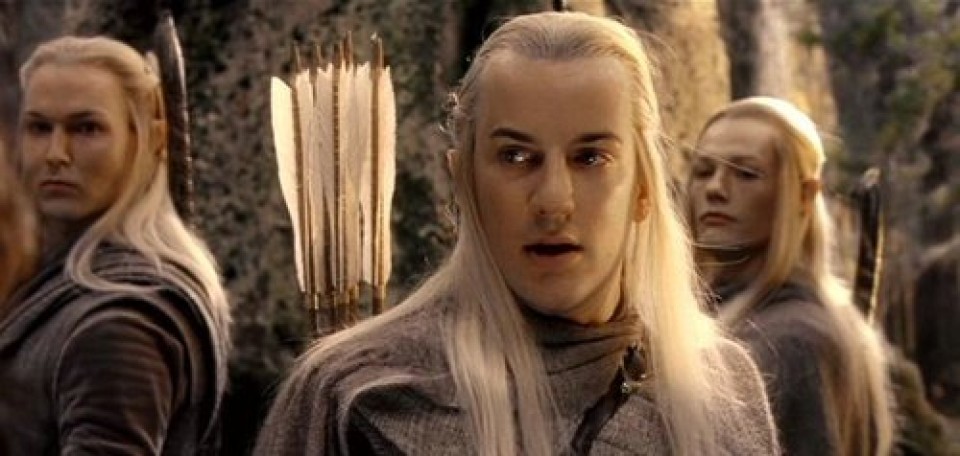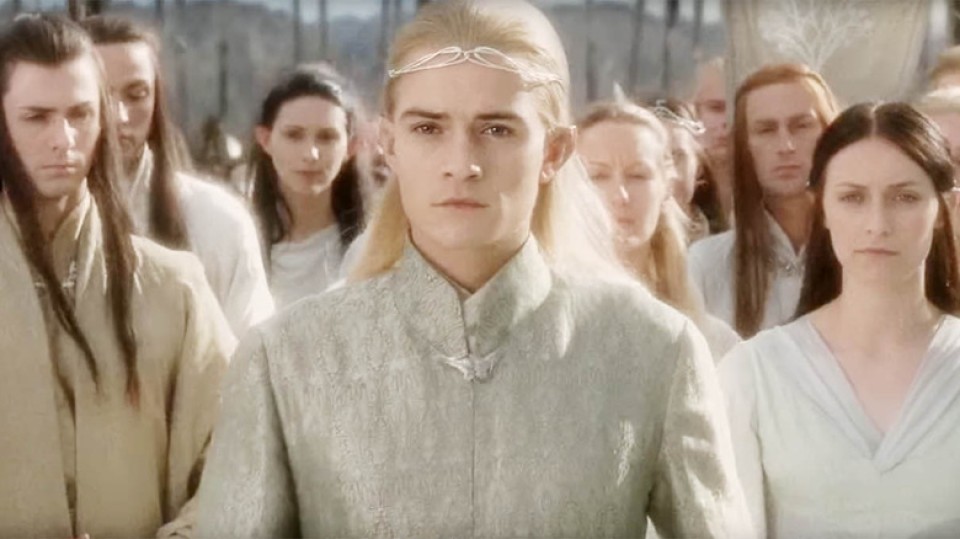
history of Elves
About elves

Elves are mythical creatures that have been part of folklore and mythology for centuries, appearing in the traditions of various cultures around the world. The history of elves can be traced back to ancient times, with their origins rooted in the mythology of the Germanic and Norse peoples.
In Norse mythology, elves were known as "álfar" and were often depicted as beautiful, magical beings who lived in forests and meadows. They were associated with nature and were believed to possess great wisdom and magical powers. Elves in Norse mythology were divided into two groups: the light elves, who were associated with the sun and were said to be fairer than the sun itself, and the dark elves, who were associated with the earth and were said to dwell in the shadows.
In Celtic mythology, elves were known as "sidhe" or "faeries" and were often depicted as small, mischievous creatures who lived in the woods and played tricks on humans. They were believed to have supernatural powers and were associated with the world of the dead.
In medieval European folklore, elves were often depicted as tiny, benevolent creatures who helped humans in various ways, such as granting wishes or protecting them from harm. They were also associated with Christmas and were said to assist Santa Claus in his gift-giving duties.
In more recent times, elves have become popularized in works of fiction, particularly in J.R.R. Tolkien's "The Lord of the Rings" series, where they are depicted as tall, noble beings with great skill in crafting and archery.
Overall, the history of elves is a rich and varied one, with many different cultures and traditions contributing to their mythology and lore. While their exact nature and characteristics may vary from culture to culture, they remain an enduring symbol of magic, wisdom, and mystery.
Picture 
Picture 
Picture 
|